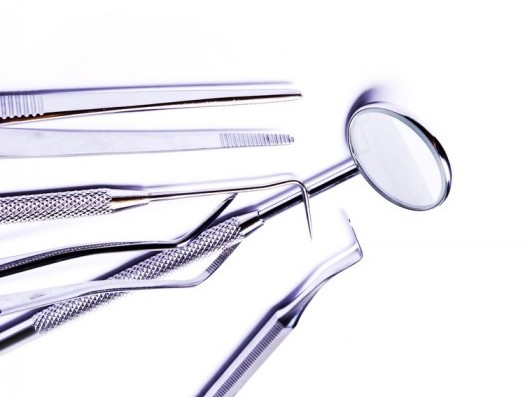PUBLISHED IN TCI WEEKLY
November 9th 2013
There are three main reasons why a tooth may become loose: gum disease, abscess or trauma.
In the situation of advanced gum disease- where the gums become swollen, sore and infected- the body’s response is to take the healthy bone away from the area of infection, ie. the area around the gums and teeth. The result is the destruction of the bone support around the tooth which leads to the tooth becoming loose. Initially the bone loss is at an angle to the root and with treatment there is hope that the bone will heal and the tooth can become firm again. However, if left untreated the bone loss progresses and takes on a more horizontal pattern. It is not possible for bone to grow horizontally up the side of a tooth and so the tooth will remain loose or ultimately fall out.
With an abscess, bone loss generally starts at the end of the root but can spread to the side of the tooth. Over time, as the abscess and bone loss spreads, the tooth becomes loose. If the cause of the abscess is treated and tooth is root filled, the body can start healing the area and bone can slowly reform. If left untreated the bone loss and infection will continue to spread and often be painful until the tooth is lost.
Trauma, some type of blow to the teeth, can obviously make teeth become loose. In this case, the dentist first needs to determine whether the tooth is complete and loose in the bone or if the root is broken. In each case the treatment approach is quite different. A tooth with a fractured root is difficult to save and in general will have to be removed. However, a tooth that is loose in the bone can often be successfully splinted; a treatment method which enables the tooth to be held in place while the bone recovers and the tooth becomes firm again. With a severe trauma, the entire tooth can be completely knocked out. In this case, with prompt treatment and splinting, we can still often be successful in saving the tooth.
Another instance in which teeth may seem loose is during orthodontic treatment. In order to move the teeth into the correct position, bone must be reabsorbed and reformed as the tooth moves. Once treatment is complete the teeth should be firm again. Just occasionally, if too much force is applied by the orthodontic wire the root will dissolve (instead of the bone) and a tooth still may be loose after treatment.